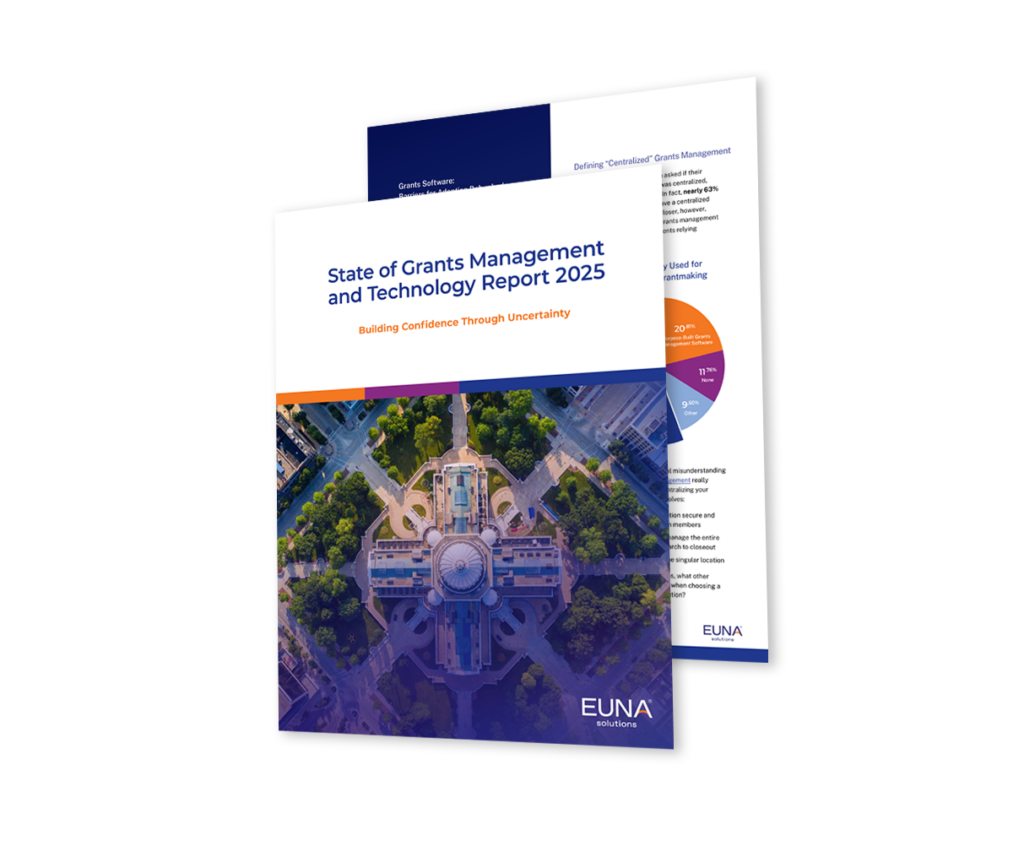If you’re in nonprofit finance, you know your budget is more than just numbers: it’s a blueprint for survival. Every dollar is hard-earned, every hire is critical, and every financial decision carries weight. In this landscape, managing your staffing costs strategically is essential to the success of your organization’s mission.
During a recent webinar hosted by Euna Solutions and NonProfit PRO, a question was asked of the audience: are you controlling your positions, or are they controlling your budget?
The result? 72% of attendees said they’re not using position control. If you’re in that majority, it might be time to rethink your approach. Position control isn’t just a tool, but a mindset shift that puts you back in the driver’s seat when it comes to aligning people, programs, and dollars.
In this blog, we’ll outline what position control means, and explain how it can make your nonprofit organization run more seamlessly and efficiently.
What Is Position Control?
At its core, position control is about tracking positions, not just people. Instead of budgeting based on who’s currently on staff, you budget based on the number of authorized positions and what your programs truly need to succeed.
Position control allows your organization to create and manage a master list of filled and vacant positions, ensuring that you never exceed authorized staffing levels. This method offers a clear, structured view into workforce planning by separating the role from the individual. Using position control, you can identify gaps, overlaps, and succession risks. Are you at full spend but short on headcount? Do you have roles with no backup plan? Position control helps you answer those questions before they become costly problems.
And in a sector where turnover is high and resources are limited, the ability to make proactive staffing decisions is essential.
How Position Control Can Help Nonprofit Budgeting
Nonprofits run lean. Every dollar matters. That means staffing must be strategic, not reactive. Without position control, it’s easy to lose visibility into staffing needs, over-hire, or allow departments to become overburdened.
Position control allows CFOs, finance managers, and department heads to:
- Monitor open vs. filled positions with clarity
- Plan for cross-training and reduce succession risks
- Avoid burnout by catching overloaded “one-person departments”
- Justify hiring decisions with data-driven insight
- Align staffing with mission-critical program needs
When used effectively, position control acts like a GPS for your staffing plan. It keeps you on course with your budget while helping you navigate changes and challenges along the way. You gain the insights you need to staff responsibly, adapt swiftly, and support your team sustainably.
Use Case: Streamlining Staffing at a Mid-Sized Nonprofit
Consider a mid-sized nonprofit focused on youth development. They operate multiple community centers and rely heavily on grant funding to support their staffing needs.
By implementing position control, the organization creates a centralized, accurate database of all authorized positions across the agency, allowing them to make data-informed decisions about hiring, identify overstaffed or understaffed areas, and forecast future staffing requirements based on funding scenarios. When a program director requests a new hire, finance can instantly check whether the position is already authorized and funded. During budget planning, they use the centralized data to anticipate changes and ensure alignment with projected revenue. If a key staff member leaves unexpectedly, the team already has succession plans in place thanks to the visibility position control provided into cross-training gaps. This proactive strategy enables continuity of services and minimized disruption.
The result? The nonprofit reduces unplanned overtime costs, improves program continuity, and confidently defends its staffing plan to funders and the board.
The Result: Better Budgeting, Smarter Planning
When you focus on positions instead of people, you shift from “how do we pay for this person?” to “what does the program need?” That mindset transforms how you plan, allocate, and justify your staffing budget.
This approach leads to:
- Clearer resource allocation that ties every position to program impact
- More informed, strategic conversations with your board and stakeholders
- Stronger hiring and retention strategies built on proactive planning
- A more resilient, agile organization ready to respond to turnover or growth
Ultimately, position control helps you align your people strategy with your mission goals. It’s not just about having enough staff—it’s about having the right staff, in the right roles, at the right time.
Watch the Full Webinar
Want to learn how digital budgeting solutions like Euna Budget can help facilitate position control and empower you to budget more strategically?
Watch the full webinar, Best Practices on Implementing Position Control for Nonprofits, by clicking here.

